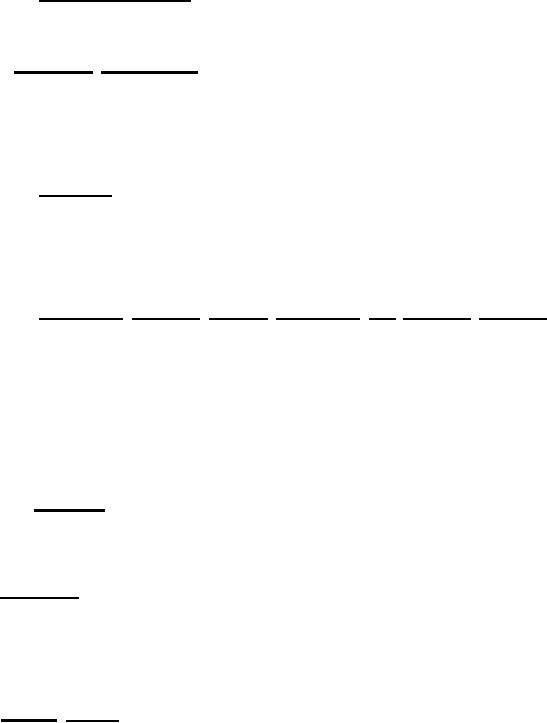 |
|||
|
|
|||
| ||||||||||
|
|  MIL-S-18471G(AS)
3.1.1.1.5 Potting compounds. Potting compounds employed in the aircrew-
member escape system shall be selected from those listed on the qualified
products lists of MIL-S-8516, MIL-S-23586, and MIL-M-24041.
3.1.1.2 Corrosion protection. The contractor shall develop and implement
a corrosion control program in which the elements of the escape system shall
be treated as external components (see 6.2.2). Corrosion protection practices
employed in manufacturing the aircrew escape system and its components
shall be in accordance with MIL-STD-889 for dissimilar metals and with
MIL-F-7179, Type I, for parts and surfaces of assemblies.
3.1.1.2.1 Finishes, Protective coatings and finishes shall not crack,
chip, or scale during normal service life or when subjected to the general
service environmental conditions specified in 3.1.9. Surface treatments and
inorganic coatings for metal surfaces shall be applied in accordance with MIL-
S-5002. Application and control of organic finishes shall be in accordance
with MIL-F-18264 and MIL-HDBK-132.
3.1.l.2.2 Anodizing, chemical surface treatment, and chromium plating.
All aluminum and aluminum alloy parts that are not subject to wear, abrasion,
or erosion shall either be anodized in accordance with MIL-A-8625, Type II
anodic coating, or receive a chemical conversion treatment in accordance with
MIL-C-5541. Parts subject to wear, abrasion, erosion, or severe corrosion
conditions shall be anodized in accordance with MIL-A-8625, Type II anodic
coating. Anodic coatings for all aluminum and aluminum alloy parts subject to
severe wear shall be in accordance with MIL-A-8625, Type III, except for parts
that would normally be reworked during overhaul. For these parts, chromium
plating shall be used in accordance with QQ-C-320, Class II.
3.1.1.2.3 Plating. Steel parts in contact with aluminum or aluminum
alloys shall be cadmium plated in accordance with QQ-P-4167 Type II, Class I,
or coated with aluminum by ion vapor deposition in accordance with MIL-C-83488,
Type II, Class I.
3.1.2 Drawings. Drawing requirements will be specified in the contract
in accordance with AD 1350 (see 6.2.1). Levels and types of drawings shall
be in accordance with DOD-D-1000 and DOD-STD-100. The drawings shall depict
significant geometrical design parameters (see 3.2) such as the location of
the seat intersect point, the back tangent, the seated surface tangent, and
the back tangent and ejection angles (see 6.2.2).
3.1.3 Access ports. Access ports complying with MIL-STD-1472 shall be
incorporated in the escape system to permit inspection of any escape system
mechanism or component which requires periodic maintenance and is not readily
accessible. Access ports shall be designed to permit the performance of
necessary adjustments while the system is safetied without requiring removal
of the ejection seat assembly from the aircraft. All access port edges shall
be rounded or covered to protect maintenance personnel from injury. Access
port covers shall use quick release, self-retained fasteners. Where necessary,
inspection ports shall be incorporated to permit maintenance personnel to
ascertain that shipping safety pins are removed and that all critical components
8
|
|
Privacy Statement - Press Release - Copyright Information. - Contact Us |